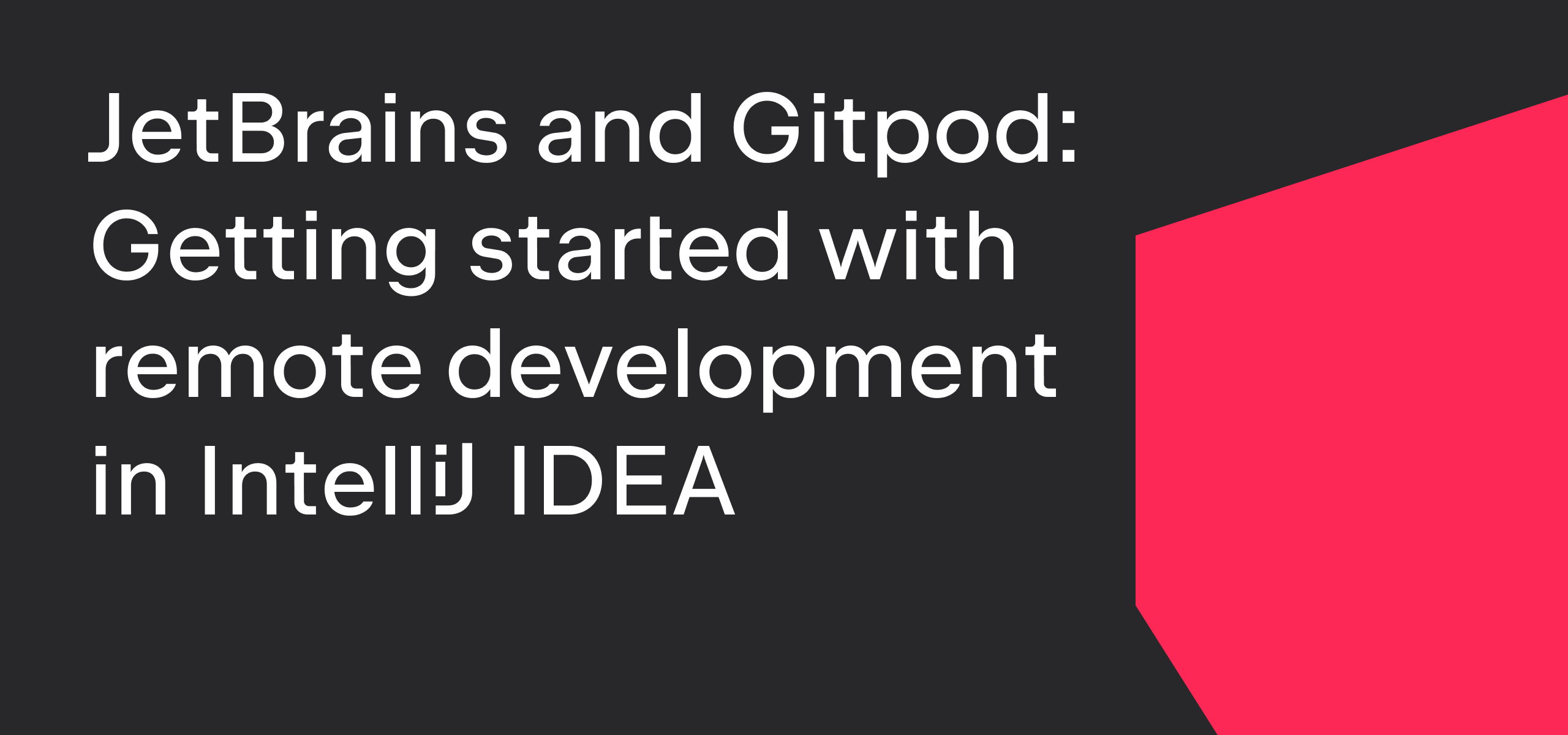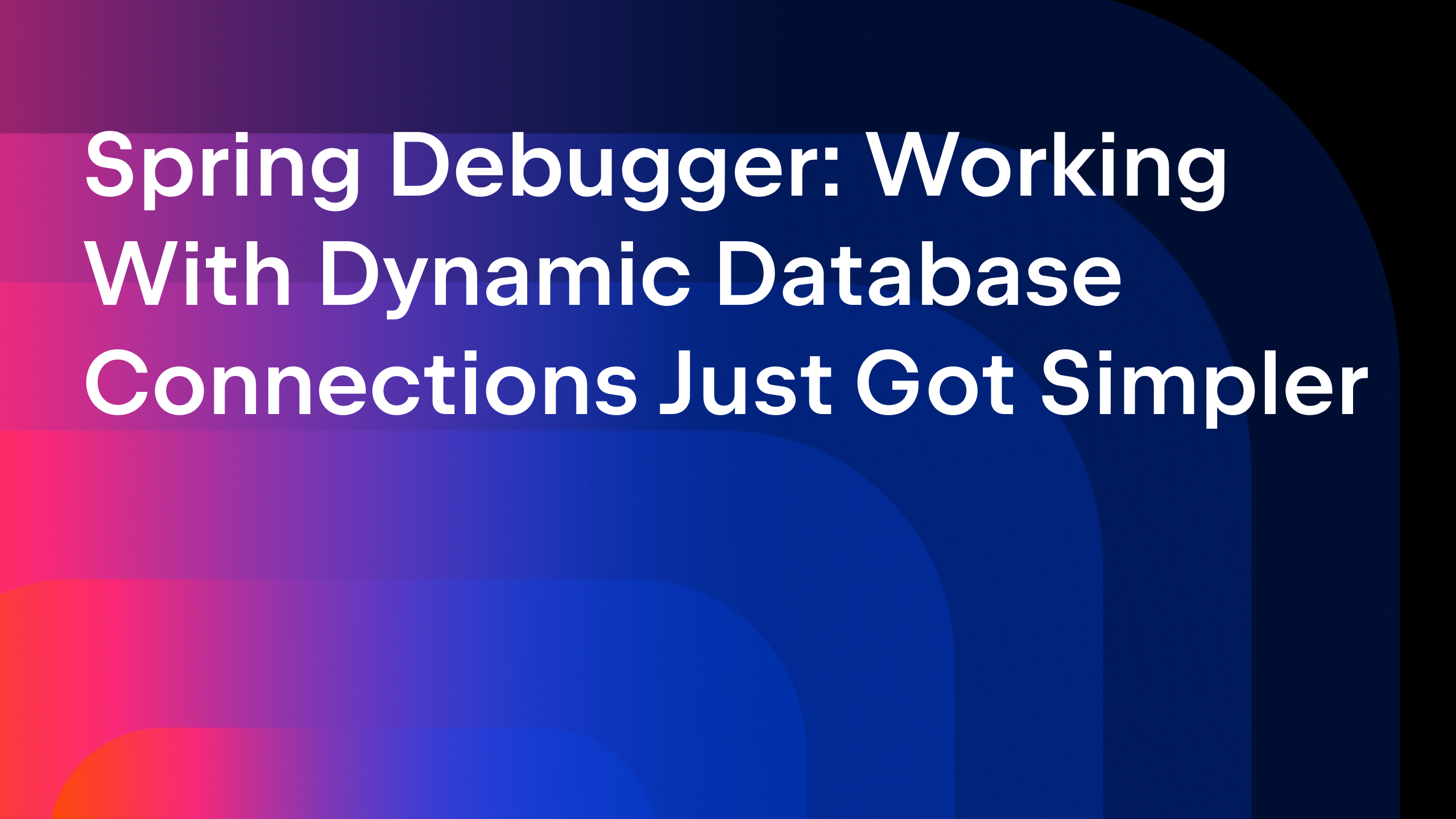IntelliJ IDEA
IntelliJ IDEA – the Leading IDE for Professional Development in Java and Kotlin
New Live Stream: Getting Started With Remote Development in IntelliJ IDEA
With the massive shift to remote work in all walks of life, it’s no surprise that developers are joining the pack. But do they have an adequate toolset to stay productive in these new circumstances? Is working on heavy, expensive, and overheating laptops or connecting to remote desktops with high latency truly the way to go?
Join us on August 4 for a webinar where we’ll be showcasing JetBrains Gateway, our strategic remote development solution for IntelliJ IDEA. We’ll show you how to run IntelliJ IDEA on a remote server, from a simple SSH setup, to a more managed, automated environment provided by JetBrains Space. We’ll also be joined by our friends at Gitpod, who’ll be talking about their experience with remote development and running IntelliJ IDEA in their ephemeral development environments.

Why remote development?
We’ll be discussing why you would want to move to remote development. We know many people are working from home more often than in the past, but there are more reasons why you might want to start developing remotely:
- Connect to powerful remote machines from anywhere. You can use your office desktop or a small laptop while working from home to connect to a remote machine, and you’ll get all the power of the remote machine working on your project, wherever you are.
- Source code is kept secure on the remote machine. If you happen to leave your laptop in a coffee shop (far too easy to do!), then one thing you don’t need to worry about is your project’s IP. The source code always stays on the remote machine, and is never downloaded to your local machine.
- Automated developer environments. There are no requirements that the remote machine has to be a physical server, and if it’s virtual, that means you can script it and automate creation of a remote development environment. This is great for getting team members up and running quickly, or simply making sure that everyone on the team has the same tools and dependencies installed. You can write your own automation scripts or use an orchestration provider, such as JetBrains Space or Gitpod, to build environments for your projects.
JetBrains Gateway
The whole process of remote development with IntelliJ IDEA is managed by JetBrains Gateway. This small application is all you need to get up and running with remote development. It is even bundled with IntelliJ IDEA.
Gateway will connect to a Linux server via SSH, download and install a version of IntelliJ IDEA, and open your project – all running remotely on a server. It then downloads and caches the JetBrains Client, a lightweight, thin client that connects to the running instance of IntelliJ IDEA on the remote machine and provides a rich, familiar, IntelliJ-based user experience. If you don’t want to set up your own remote machine, you can use the orchestration features of JetBrains Space or Gitpod to provide automated, reproducible remote development environments.
In the webinar, we’ll look at how Gateway works, how we’ve rearchitected IntelliJ IDEA to run without a user interface on a remote machine, and how JetBrains Client provides a rich, familiar interface with access to all of IntellIJ IDEA’s features locally.
Upcoming webinar
If you’d like to find out more, register for the webinar and join the JetBrains Space team and our friends from Gitpod as we discuss and show how to work remotely with IntelliJ IDEA and manage your remote development environments.
Speakers
Subscribe to IntelliJ IDEA Blog updates











